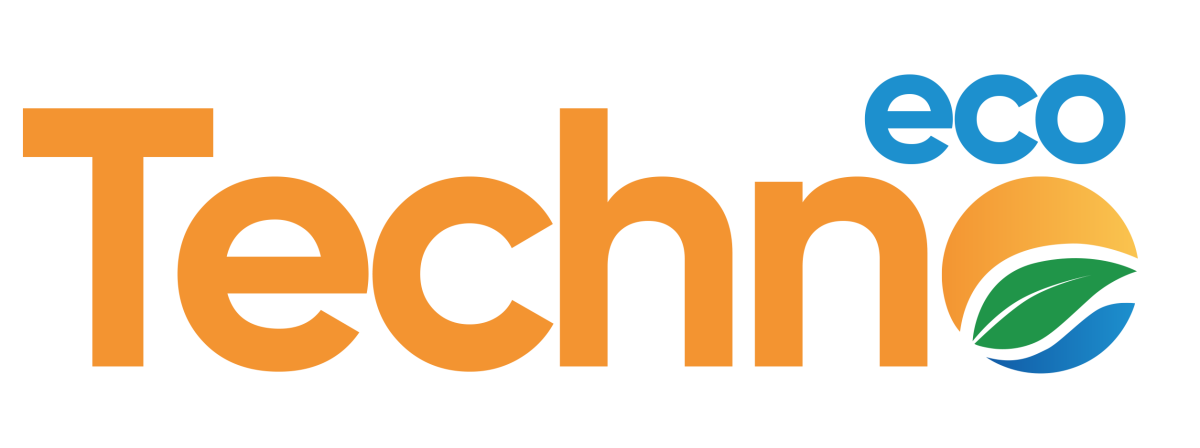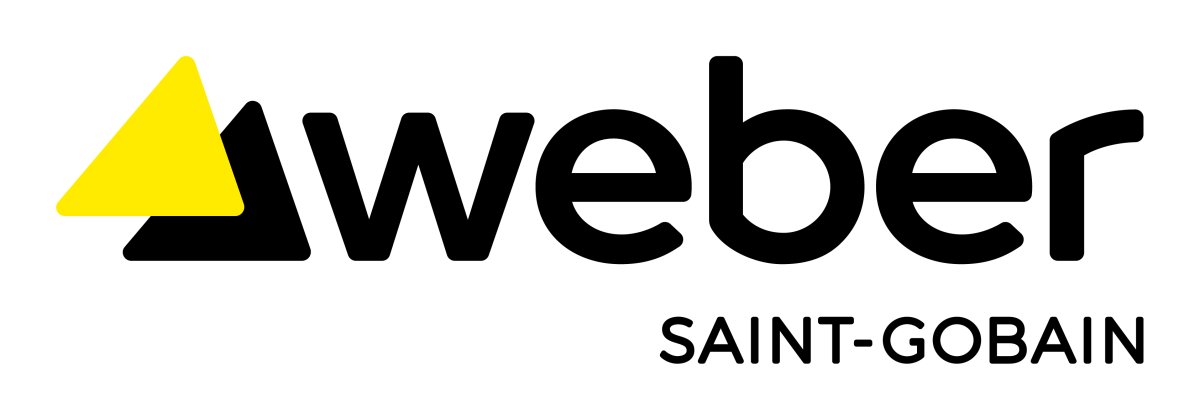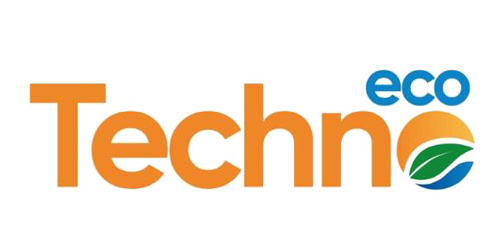What Is Intumescent Paint?
When you’re responsible for a fire management strategy, every choice matters. One step you can take to add fire resistance to your facility is using intumescent paint.
But what is intumescent paint, exactly?
Intumescent paint or intumescent coatings help passively increase a building’s resistance to fire. When exposed to extreme temperatures, these coatings expand. The coatings lose density as they expand; as a result, they act as an insulator.
Intumescent coating, often referred to as intumescent paint, is one of the easiest and most efficient ways to protect load-bearing elements of buildings against fire. Intumescent coating delays the collapse of the structure through insulating the structural elements (columns, beams, floors and roofs) that support the building, thus helping achieve fire resistance levels specified in terms of time. Therefore, it fulfils the highest priority of passive fire protection: preventing the collapse of the building, allowing the time for safe evacuation of people from it and making it safer for the emergency services and rescue team.
Intumescent coating is an increasingly used way of providing passive fire protection to the load-bearing structures, especially structural steel, which is becoming more and more popular in modern architectural design of both industrial and commercial buildings.
How do they work?
There is demand for intumescent coatings in specialty coatings sub-segments, such as marine, transportation, onshore/offshore oil and gas production, and new industrial and commercial construction. The increased use of lightweight materials for transportation, modular homes, and insulation applications is a key driver. Intumescent paints are increasingly used to protect spherical structures containing natural gas, peroxides, and other chemicals. Of special importance in new construction of commercial buildings, intumescent coatings incorporate flame-retardant chemicals to achieve two distinct industry efficacy ratings. The first measures flame spread, or how effectively the coating limits flammability (according to ASTM E84). The second rating demonstrates coating efficacy for delaying and resisting the effects of fire (expressed in hours.
But how do they work exactly?
The secret behind these coatings lies in their chemical formulation. An intumescent coating consists of many chemicals, all suspended in a binder. The binder softens in response to heat exposure, letting the suspended chemicals react. These chemicals produce a foam, which hardens into an insulating material called “char.”
•Soft char
These intumescents produce a light char, which is a poor conductor of heat, thus retarding heat transfer. Typically the light char consist of microporous carbonaceous foam formed by a chemical reaction of three main components: ammonium polyphosphate, pentaerythritol and melamine. The reaction takes place in a matrix formed by the molten binder which is typically based on vinyl acetate copolymers or styrene acrylates.
Ablative coatings contain a significant amount of hydrates. When the hydrates are heated, they decompose, and water vapour is released, which has a cooling effect. Once the water is spent, the insulation characteristics of the char that remains can slow down heat transfer from the exposed side to the unexposed side of an assembly.
Soft char products are typically used in thin film intumescent for fireproofing structural steel as well as in firestop pillows. Typically, the expansion pressure that is created for these products is very low, because the soft carbonaceous char has little substance, which is beneficial if the aim is to produce a layer of insulation.
•Hard char
Harder chars are produced with sodium silicates and graphite. These products are suitable for use in plastic pipe firestops as well as exterior steel fireproofing. In those applications, it is necessary to produce a more substantial char capable of exerting quantifiable expansion pressure. In the case of firestops, a melting, burning plastic pipe must be squeezed together and shut so that there will be no opening for fire to propagate to an otherwise fire-resistance rated wall or floor assembly. In the case of exterior fireproofing, a hydrocarbon fire must be held off with quite potentially more kinetic energy than a house fire. Intumescent that produce hard chars are unsuitable for interior spray fireproofing.
How to apply intumescent paint correctly
Intumescent paints are always part of a system. For steelworks, the system includes an anticorrosive primer and (eventually) a topcoat. For the former, the purpose is assuring adhesion to the substrate in the cold state, anticorrosion protection and stickability of intumescent char formed during fire exposure, while for the latter, the purpose is serving an aesthetic function and, in case of specific atmospheric aggression, a sealer function to prevent early degradation and inactivation of the intumescent layer and to promote weathering resistance in end-use conditions.
Before being coated with a compatible primer, steelwork must be prepared according to the SA 2.5 Swedish Standard. If that is already the case, it must be cleaned and free from grease, oil, rust, dirt, or any other contaminant that may inhibit the bonding. Compatible primers, tested with the main Promat products are:
•Acrylic
•Short or medium oil alkyd
•Two-component epoxy
•Zinc-rich epoxy (containing about 80% by mass of metallic zinc powder)
•Zinc-rich epoxy (containing about 96% by mass of metallic zinc powder)
•Zinc silicate
•Polybutadien (Promat® TY ROX).
The preparation for concrete and timber depends on the physical state of the support.
For speed and quality of finish, intumescent coatings are preferably spray applied with airless paint equipment. Brush and roller application may also be possible.
•Spray, brush or roller applied intumescent paint.
•Spray, brush or roller applied topcoat (if necessary).
•Primer approved by international certification or by Promat. Please contact our technical department.
•Structural steel column and beam. Must be clean, dry, and free from dust, oil, loose mill scale or rust, and any other condition preventing good adhesion and blast cleaned in accordance with proper international standards.
How do I choose the best type of intumescent paint for my project?
The topcoat should be specified based upon the intended use of the system and the environmental conditions.
The following use categories are defined for fire protective products according to ETAG 018:
•Type X: Reactive coating system intended for all conditions (internal, semi-exposed and exposed).
•Type Y: Reactive coating system intended for internal and semi-exposed conditions. The latter includes temperatures below zero, but no exposure to rain and limited exposure to UV (ultraviolet) (which is not assessed).
•Type Z1: Reactive coating system intended for internal conditions (excluding temperatures below zero) with high humidity.
•Type Z2: Reactive coating system intended for internal conditions (excluding temperatures below zero) with humidity classes other than Z1
If protected with a specific topcoat (depending on the weather condition), intumescent paints can also be applied in high-humidity, semi-exposed or exposed conditions.
The main chemical families of topcoats used for environmental protection are:
•two-component polyurethane top coat
•two-component acrylic polyurethane
•copolymer acrylic
•polyurethane
•acrylic PU
•epoxy
•urethane alkyd
What is dry film thickness (DFT) of intumescent paints?
The dry film thickness and quantity of material required for a certain fire resistance time (R 30, 60, 90, 120 minutes or more) depends upon various factors.
Dry film thickness of intumescent products for structural steel is determined by the following factors:
•Mass factor (called also massivity), a ratio between the area of the steel exposed to the fire and the volume of the steel section. The higher the mass factor, the faster the steel section heats up, and the greater the thickness of fire protection material required.
•Exposure or number of faces exposed to fire. Is the structural steel a column or a beam, a composite element, a hollow section, or something else?
•Critical temperature, the limiting temperature as a function of the degree of utilization. The lower the critical temperature, the faster the steel section will reach it, and the greater the thickness of fire protection material required.
•Duration or fire rating or the level of protection required (R 60, R 120, etc.).
•Test Standards and Approvals. There are various such Test Standards and Approvals giving different thicknesses for the same protection.
When should wet film thickness (WFT) and dry film thickness (DFT) be measured?
During the application, it is necessary to frequently measure the wet film thickness (WFT) with a wet film thickness gauge.
To determine dry film thickness (DFT) based on the wet film thickness (WTF), it is necessary to multiply the WFT by a specific number that is different from product to product. For Promat’s product range, the value is between 0.68 and 0.7
The maximum thickness that can be applied for each coating varies by product as well as by related consumption (the TSR, theoretical spread rate).
Following the sufficient period of drying, a survey of dry film thickness should be carried out using a suitable calibrated gauge. An electromagnetic induction instrument with a statistical function to store readings and calculate their averages is most useful. Where dry film readings include a primer or topcoat, allowance must be made for these coatings and subtracted from the total reading.
Intumescent System Finishes
When it comes to exposed steelwork that requires fire protection, there is every chance the designers or architects intend for the steel to be coated with an aesthetic finish. There are three different finishes that can be considered:
•A standard finish (which is seemingly coarse);
•A commercial finish (relatively smooth with only minor orange peel effect); and
•An architectural finish (elevated quality of evenness, smoothness and gloss when seen from a distance of 2 meters or more).
Each of these require a different application approach and similarly different types of coatings. An architectural finish will require more time, which should be factored into the project timeline.
But more importantly, the topcoat chosen must be compatible with the intumescent underneath. Failure to ensure compatibility will potentially affect the efficacy of the thin-film coating and will lead to your project failing to achieve the required compliance certificates.
Intumescent coatings are very widely used as passive fire protection for structural steel due to a range of advantages which include:
•Good aesthetic finish and adaptability to the shape of steel, this enables the steel to be exposed as well as protected.
•Ease of application, this reduces the application time and associated cost as well as the likelihood of defects.
•Coatings are applied as a compatible system of primer+intumescent+topcoat, all of them tested together for fire and corrosion protection.
•Mechanical strength to avoid impact damage.
•Flexible to adjust to structural movements such as vibrations, expansion and contraction caused by temperature differences and load changes.













.png)